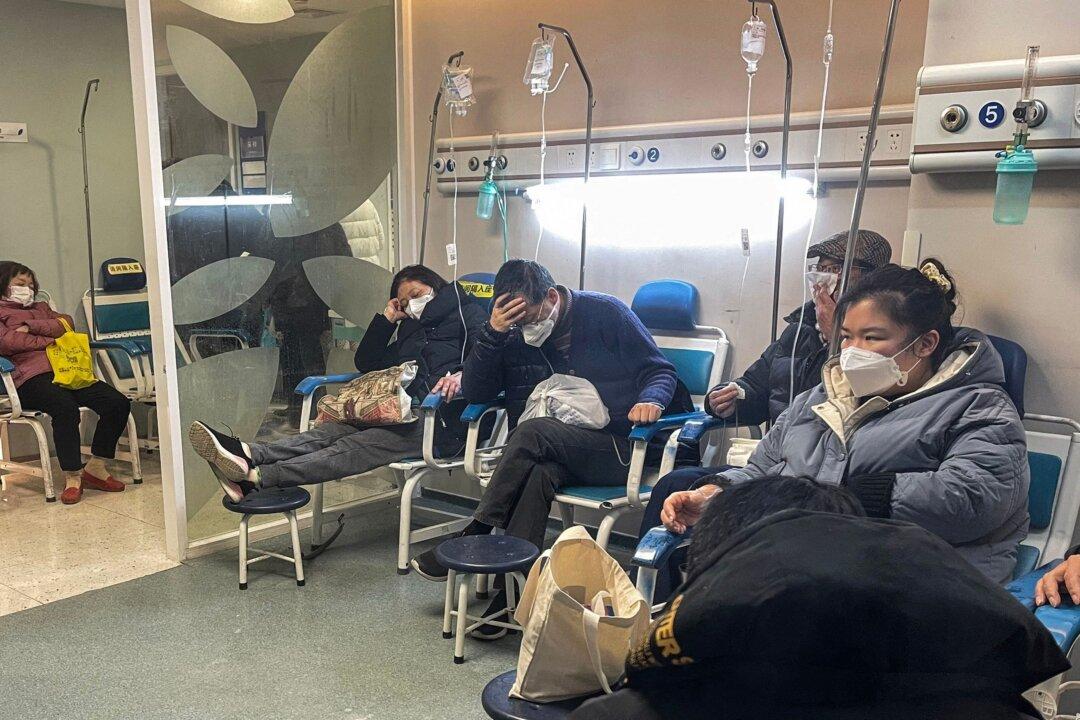Commentary
“Zero non-COVID” is the name that people in China are calling the regime’s new pandemic management policy. The Chinese Communist Party (CCP) has aggressively pushed the whole country toward an all-COVID-positive state.

“Zero non-COVID” is the name that people in China are calling the regime’s new pandemic management policy. The Chinese Communist Party (CCP) has aggressively pushed the whole country toward an all-COVID-positive state.